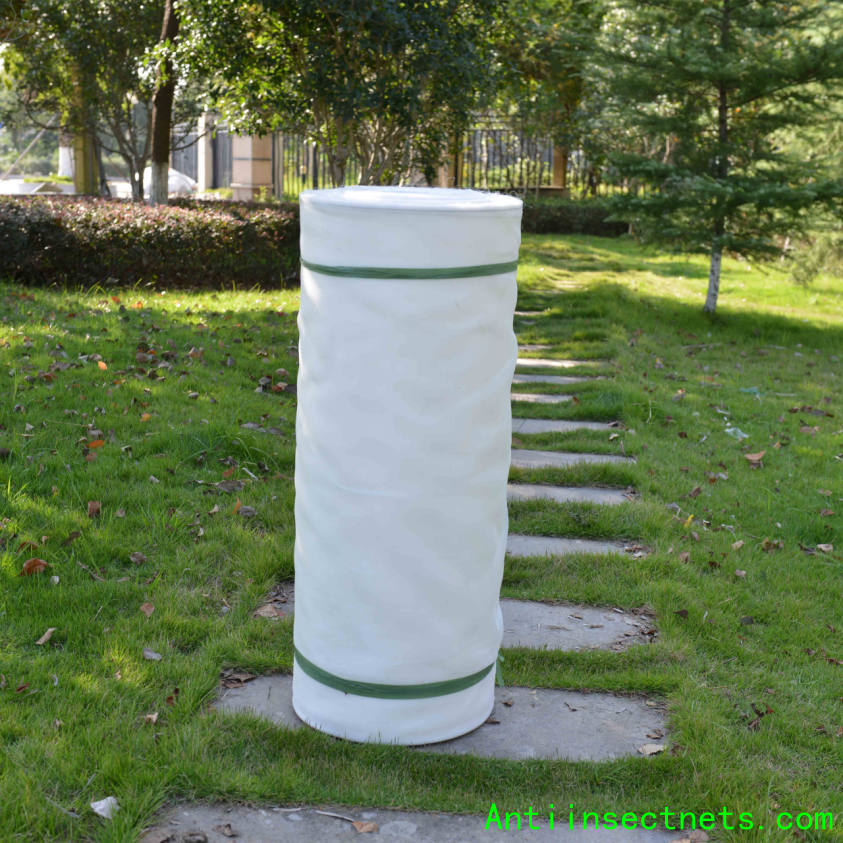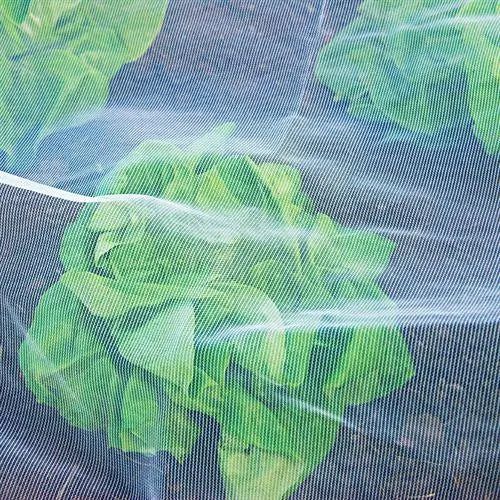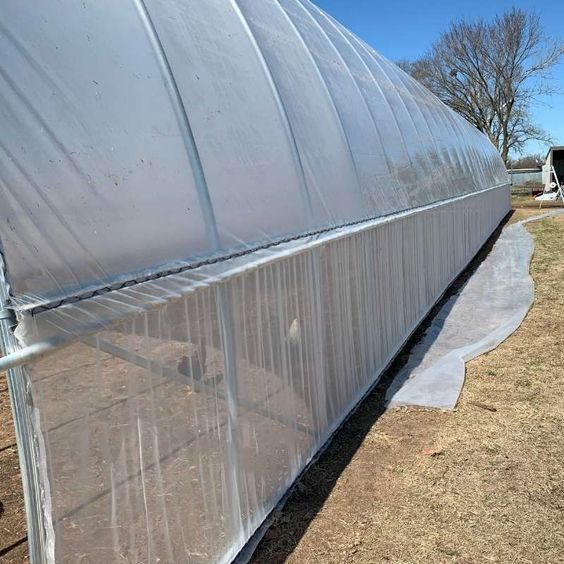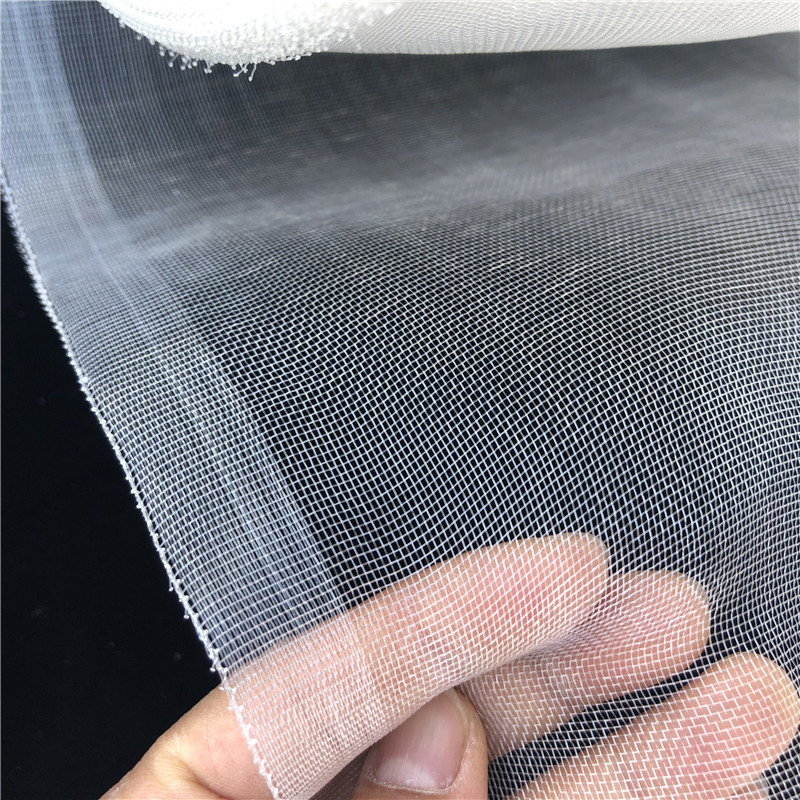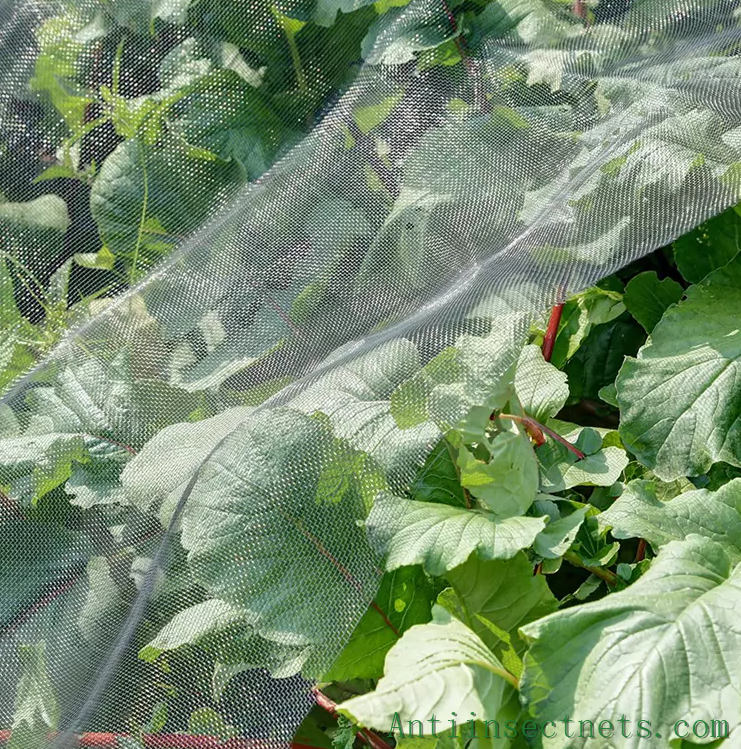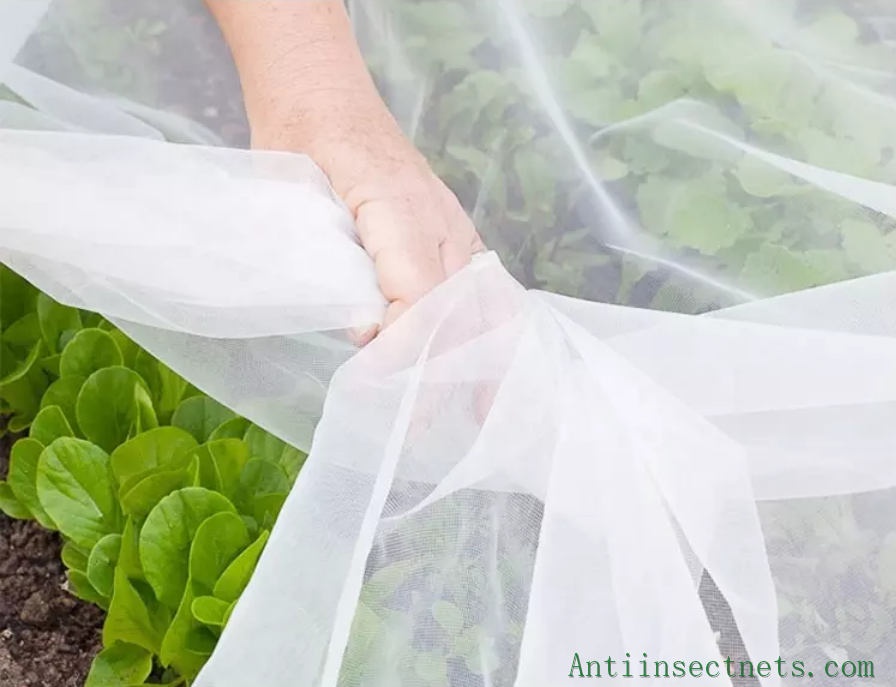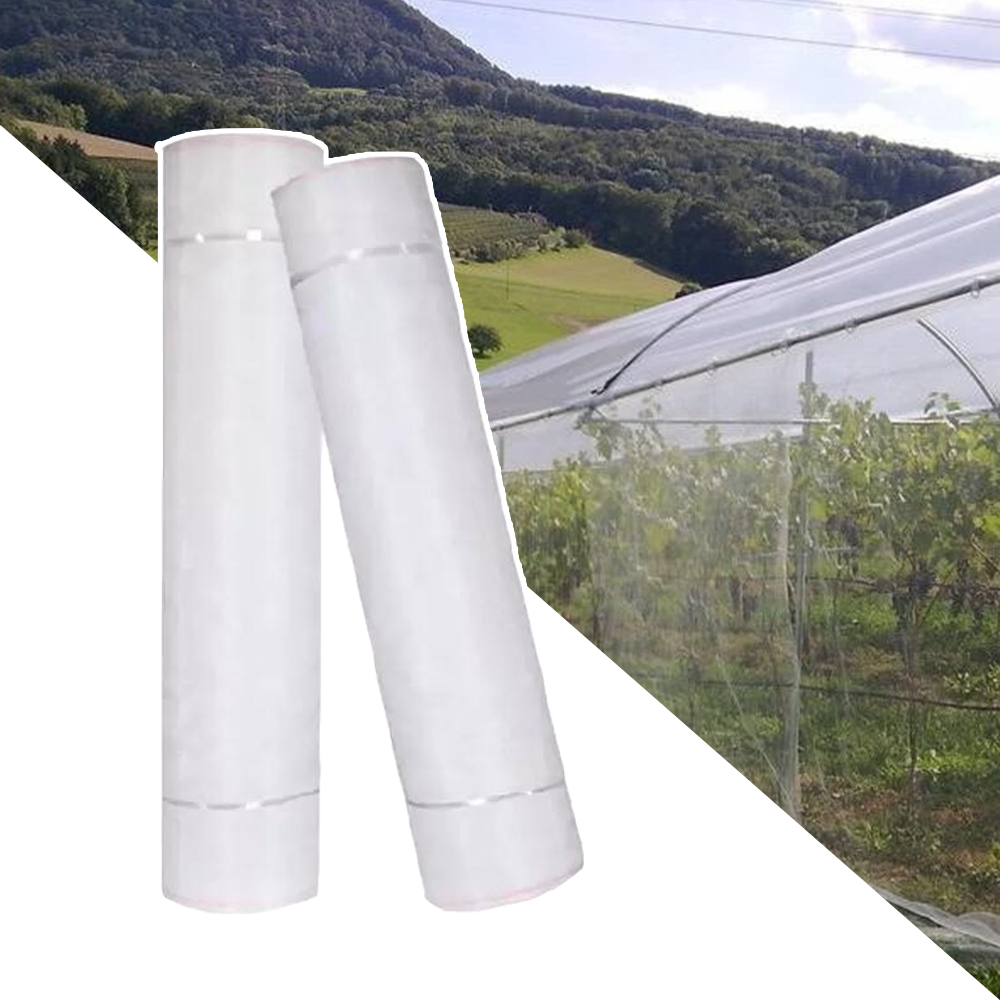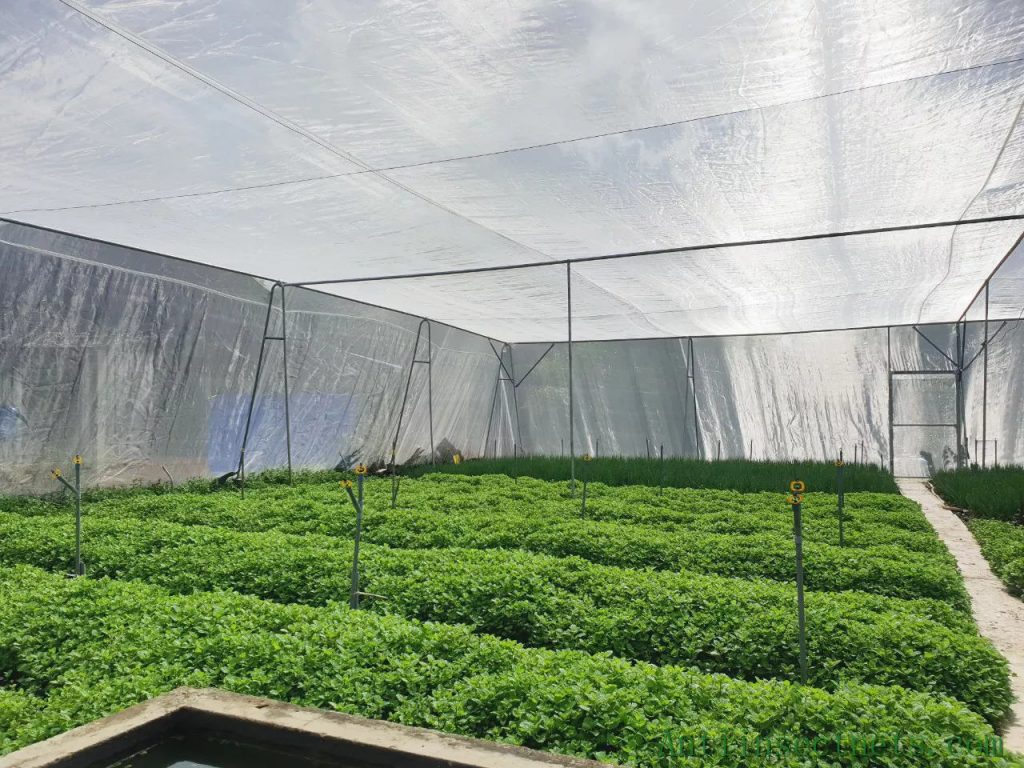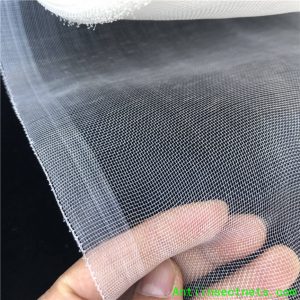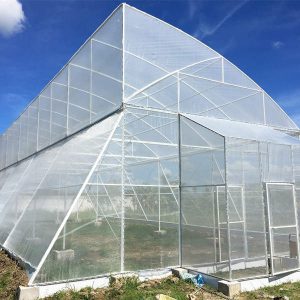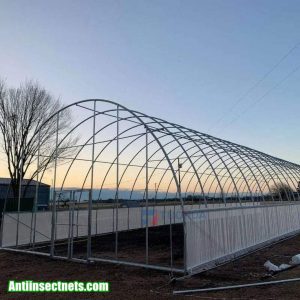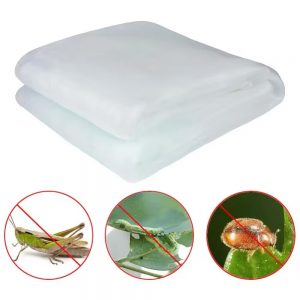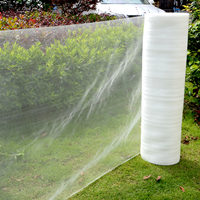Greenhouse Insect Screens: Types, Characteristics
Greenhouses are one of the most efficient ways of growing crops, especially in areas with extreme weather conditions.
However, greenhouse farming also comes with its challenges, one of which is pests. Pests such as aphids, thrips, and whiteflies can destroy crops and reduce yields, resulting in significant losses for farmers. To prevent this, farmers use greenhouse insect screens, also known as greenhouse anti-insect nets. In this article, we will discuss the types of greenhouse insect screens, their characteristics, and their advantages. We will also highlight our company’s high-quality products and competitive pricing.
Types of Greenhouse Insect Screens
1, Woven Screens
Woven screens are made of high-density polyethylene (HDPE) monofilament yarns that are woven into a mesh. The mesh size can vary depending on the size of the insects to be controlled. Woven screens are strong and durable, and they are available in different colors. They are also UV-resistant, which means that they can withstand sunlight exposure without breaking down. Woven screens are easy to install and remove, and they can be reused for several seasons.
2, Non-woven Screens
Non-woven screens are made of spunbond polypropylene fibers that are bonded together to form a sheet. Non-woven screens are lightweight and breathable, which makes them ideal for warm climates. They are also resistant to tearing and UV degradation. Non-woven screens are available in different colors, and they can be custom-made to fit any greenhouse size and shape.
3, Plastic Films
Plastic films are made of PVC or polyethylene and are used as an alternative to insect screens. Plastic films are lightweight and easy to install, and they offer better ventilation compared to insect screens. However, plastic films are not as effective as insect screens in controlling pests. They are also prone to tearing and are not as durable as insect screens.
Characteristics of Greenhouse Insect Screens
1, Mesh Size
The mesh size of greenhouse insect screens determines the size of the insects that can be controlled. The smaller the mesh size, the smaller the insects that can pass through. The mesh size can range from 0.15 mm to 0.7 mm, depending on the type of insect to be controlled.
2, Light Transmission
Greenhouse insect screens come in different levels of light transmission. Some screens are designed to block up to 95% of the light, while others allow up to 85% of the light to pass through. The level of light transmission can affect crop growth and development, so it’s essential to choose a screen that allows the right amount of light to pass through.
3, Airflow
Greenhouse insect screens can affect the airflow in the greenhouse. Screens with smaller mesh sizes can reduce airflow, which can lead to high humidity and temperature levels. Screens with larger mesh sizes allow for better ventilation and airflow, which can help reduce humidity and temperature levels.
Advantages of Greenhouse Insect Screens
1, Pest Control
Greenhouse insect screens are designed to control pests, which can reduce crop damage and increase yields. By preventing pests from entering the greenhouse, farmers can reduce their reliance on pesticides, which can be harmful to the environment.
2, Improved Crop Quality
Greenhouse insect screens can also improve crop quality by reducing the incidence of pests and diseases. By controlling pests, farmers can reduce crop damage, resulting in higher-quality crops.
3, Better Ventilation
Greenhouse insect screens can improve ventilation by allowing air to flow freely through the greenhouse. This can reduce humidity and temperature levels, creating a more comfortable environment for crops to grow.
4, UV Protection
Greenhouse insect screens are also designed to protect crops from UV rays. UV rays can be harmful to crops, causing sunburn and reducing yields. By blocking UV rays, greenhouse insect screens can help protect crops and ensure healthy growth.
5, Energy Savings
Greenhouse insect screens can also help reduce energy costs. By reducing the need for artificial cooling, farmers can save on electricity bills. Screens with high light transmission can also reduce the need for artificial lighting, further reducing energy costs.
Our Company’s Products and Competitive Pricing
At our company, we offer high-quality greenhouse insect screens at competitive prices. Our screens are made from durable materials and are designed to control a wide range of pests. We offer a variety of screen types, mesh sizes, and light transmission levels, ensuring that our customers can find the right screen for their needs. Our screens are also easy to install and remove, making them ideal for seasonal use.
In addition to our high-quality products, we also offer competitive pricing. We understand that farmers operate on tight budgets and that the cost of pest control can add up quickly. That’s why we offer our screens at prices that are affordable and accessible to farmers of all sizes.
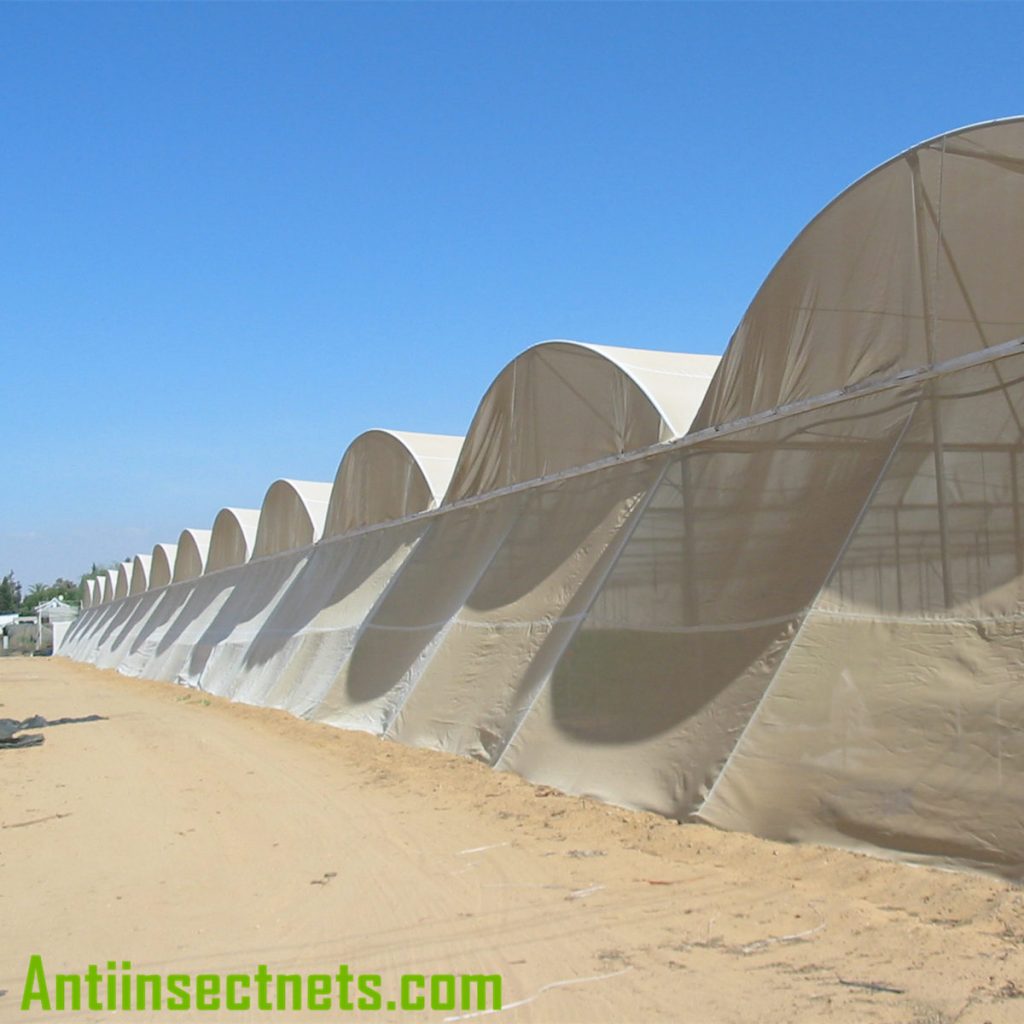
Conclusion
Greenhouse insect screens are essential tools for controlling pests and improving crop quality.
By understanding the different types of screens, their characteristics, and their advantages, farmers can make informed decisions about the best screen for their needs. At our company, we offer high-quality screens at competitive prices, ensuring that farmers can protect their crops without breaking the bank.
Our factory produces all year round, we have stock in stock, the price is superior, welcome to consult.

